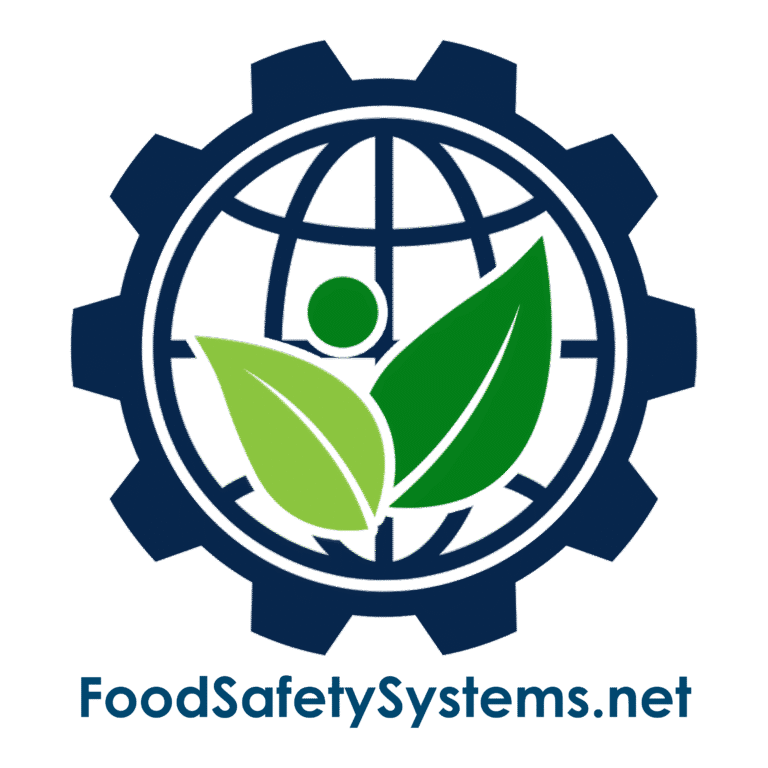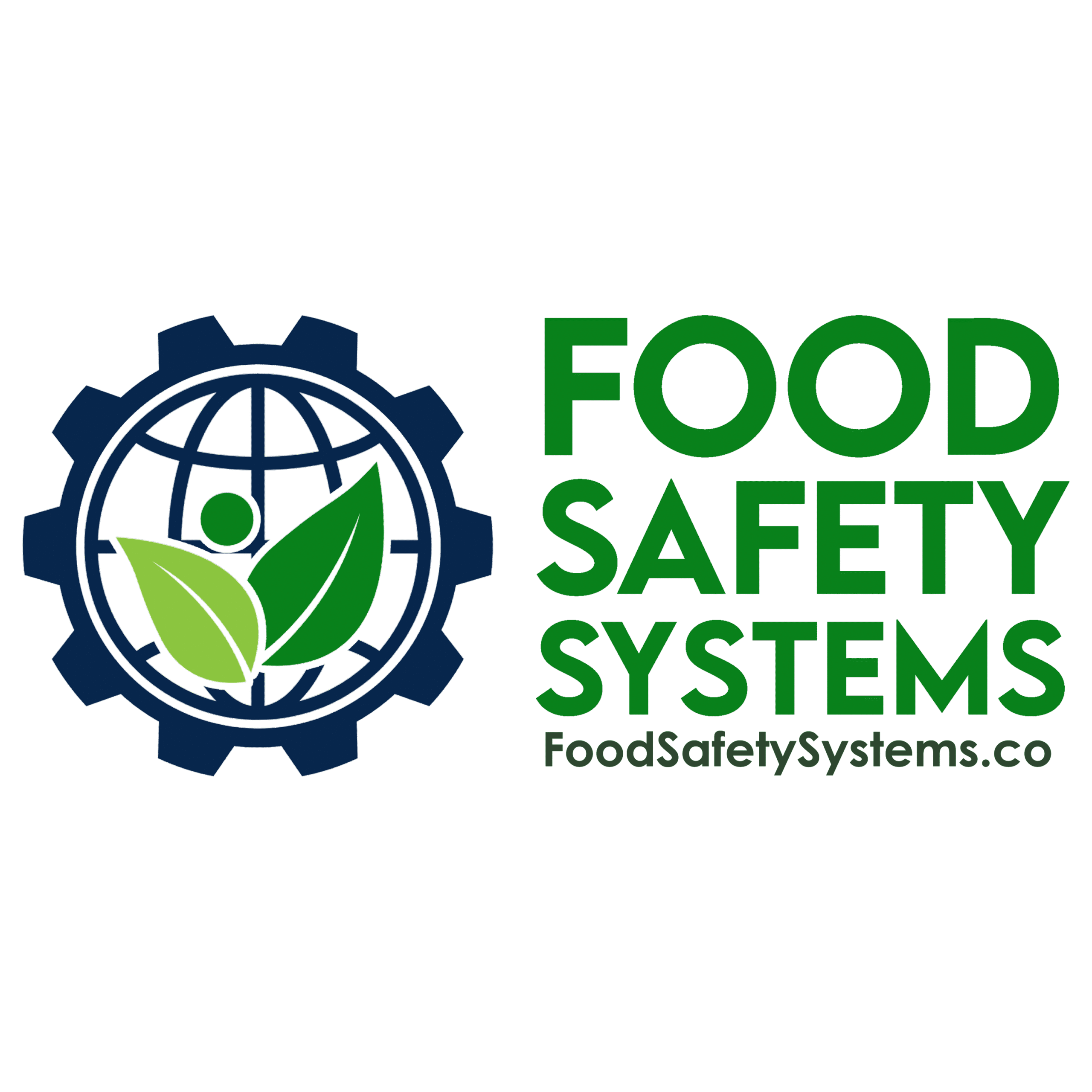Conduct Hazard Analysis

Aligned with FSSC 22000 – Food Safety Management System Requirements
Requirement Overview
FSSC 22000 requires organizations to perform a structured hazard analysis as part of their food safety management system. This involves identifying, evaluating, and controlling biological, chemical, and physical hazards that are reasonably expected to occur at each stage of the process, from raw material receipt through to distribution.
The hazard analysis provides the foundation for determining effective control measures through prerequisite programs (PRPs) or operational controls, including Critical Control Points (CCPs) where applicable. This ensures that food safety risks are systematically assessed and managed to protect consumers and maintain regulatory and certification compliance.
Aligned with BRCGS for Storage & Distribution Issue 4 – Clause 4.3.1 & 4.3.3
Requirement Overview
BRCGS for Storage & Distribution requires that products moved via cross-docking are traceable and controlled at all times, even when they are not held in storage for extended periods.
Clause 4.3.1: “The company shall ensure that traceability is maintained at all stages, including during cross-docking operations.”
Clause 4.3.3: “Procedures shall be in place to ensure that all products handled, including those not stored on-site, remain under control and are not subject to contamination or substitution.”
Cross-docking operations must not compromise product traceability, safety, or integrity. Even with minimal handling and temporary presence, each product must be accurately identified, documented, and protected.

Key Compliance Objectives
-
✓ Identify potential hazards at each process step
✓ Assess the severity and likelihood of each hazard
✓ Determine control measures and preventive strategies
✓ Document rationale for classification and CCP determination
Step-by-Step Compliance Implementation
1. Map the Process Flow
-
Develop and validate a complete flow diagram covering all steps in the production process, including raw material receipt, processing, packaging, storage, and distribution.
Evidence to Maintain:
-
• Signed process flow diagram
• Verification records confirming on-site accuracy
- • Signed process flow diagram • Verification records confirming on-site accuracy
2. List All Inputs and Activities
-
Identify all materials, ingredients, packaging, equipment, handling activities, and environmental factors that may introduce or influence hazards.
Evidence to Maintain:
-
• Inventory of inputs by process step
• Specifications for ingredients and materials
• Environmental monitoring data
- • Inventory of inputs by process step • Specifications for ingredients and materials • Environmental monitoring data
3. Identify Reasonably Foreseeable Hazards
-
Classify hazards into categories such as:
-
• Biological: pathogenic microorganisms, microbial toxins, spoilage organisms
• Chemical: allergens, cleaning agents, pesticide residues, undeclared additives
• Physical: glass, metal, plastic, stones, wood, bone fragments
Evidence to Maintain:
-
• Hazard identification matrix
• Historical data from complaints, incidents, or recalls
- • Biological: pathogenic microorganisms, microbial toxins, spoilage organisms • Chemical: allergens, cleaning agents, pesticide residues, undeclared additives • Physical: glass, metal, plastic, stones, wood, bone fragments
- • Hazard identification matrix • Historical data from complaints, incidents, or recalls
4. Evaluate Each Hazard
-
Assess the significance of each hazard by considering:
-
• Severity (minor, moderate, severe)
• Likelihood (unlikely, possible, likely)
• Determine whether control measures are needed and whether they fall under PRPs, CCPs, or other controls.
Evidence to Maintain:
-
• Hazard analysis worksheet with documented justification
• Scientific references or historical data supporting evaluations
- • Severity (minor, moderate, severe) • Likelihood (unlikely, possible, likely) • Determine whether control measures are needed and whether they fall under PRPs, CCPs, or other controls.
- • Hazard analysis worksheet with documented justification • Scientific references or historical data supporting evaluations
5. Determine Preventive Controls
-
Based on the evaluation, assign control measures such as:
-
• Prerequisite Program (PRP)
• Operational Prerequisite Program (OPRP)
• Critical Control Point (CCP)
• Allergen Management Control
• Supply Chain Control
Evidence to Maintain:
-
• Decision tree or logic chart for control assignment
• Justification for classification
• Summary of CCPs and preventive measures
- • Prerequisite Program (PRP) • Operational Prerequisite Program (OPRP) • Critical Control Point (CCP) • Allergen Management Control • Supply Chain Control
- • Decision tree or logic chart for control assignment • Justification for classification • Summary of CCPs and preventive measures
Common Audit Findings & Recommended Fixes
| Audit Finding | Recommended Action |
|---|---|
| Hazards not identified for all steps | Review all process inputs, outputs, and environmental factors |
| No documented rationale for decisions | Provide written justification with severity and likelihood scoring |
| Overuse or misclassification of CCPs | Reassess using a structured decision tree |
| Incomplete hazard identification | Incorporate supplier info, regulatory alerts, and historical data |
Auditor Verification Checklist
Auditors will expect to see:
-
• A completed and signed hazard analysis report
• Hazard identification and evaluation aligned with the process flow diagram
• Documented rationale for severity and likelihood assessments
• Evidence of preventive control assignments and CCP determinations
Implementation Roadmap
Prepare and Plan
-
✓ Confirm a validated process flow diagram
✓ Involve the food safety team in review and analysis
Conduct the Analysis
-
✓ Review each process step for hazards
✓ Assess severity and likelihood with supporting evidence
✓ Document risk evaluations
Apply Controls
-
✓ Assign hazards to PRPs, OPRPs, or CCPs as appropriate
✓ Update procedures and monitoring plans
✓ Ensure verification activities are defined
Why This Matters?
-
✓ Forms the basis of a robust food safety management system
✓ Enables proactive identification and control of risks
✓ Strengthens audit readiness and certification compliance
✓ Reduces likelihood of contamination, recalls, and consumer harm
Support Tools Available
Food Safety Systems provides:
-
✓ Hazard analysis templates and worksheets
✓ Risk evaluation scoring models
✓ CCP/OPRP decision trees and training modules
✓ Example hazard libraries by product category
Privacy Policy | Terms of Service
Powered by interlinkIQ.com, Developed by ITBlaster.net, Owned and Operated by Consultare Inc. Group, A Compliance Company. All Rights Reserved.







